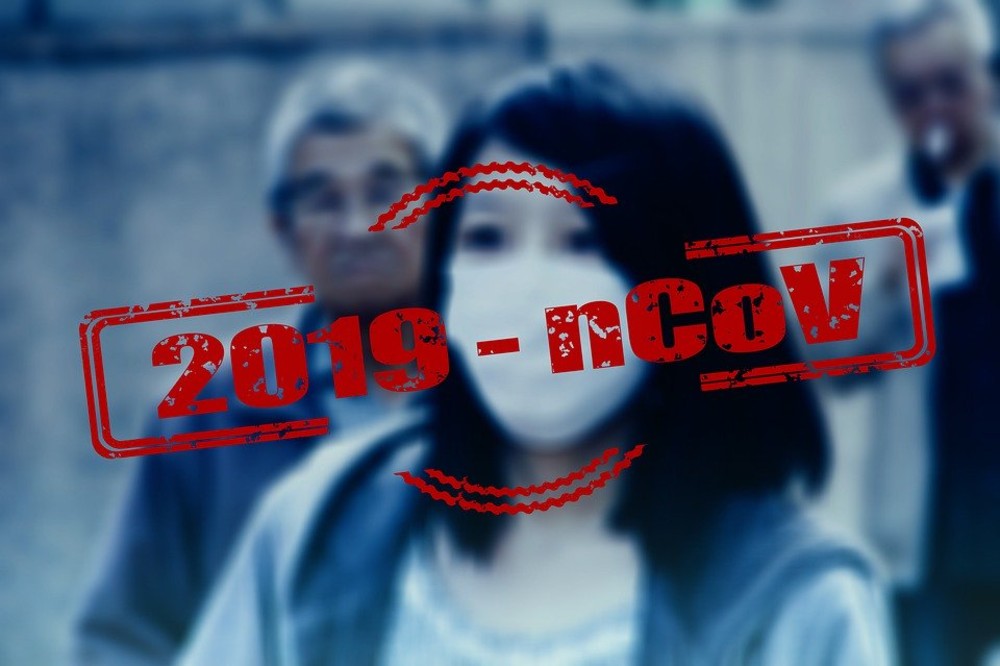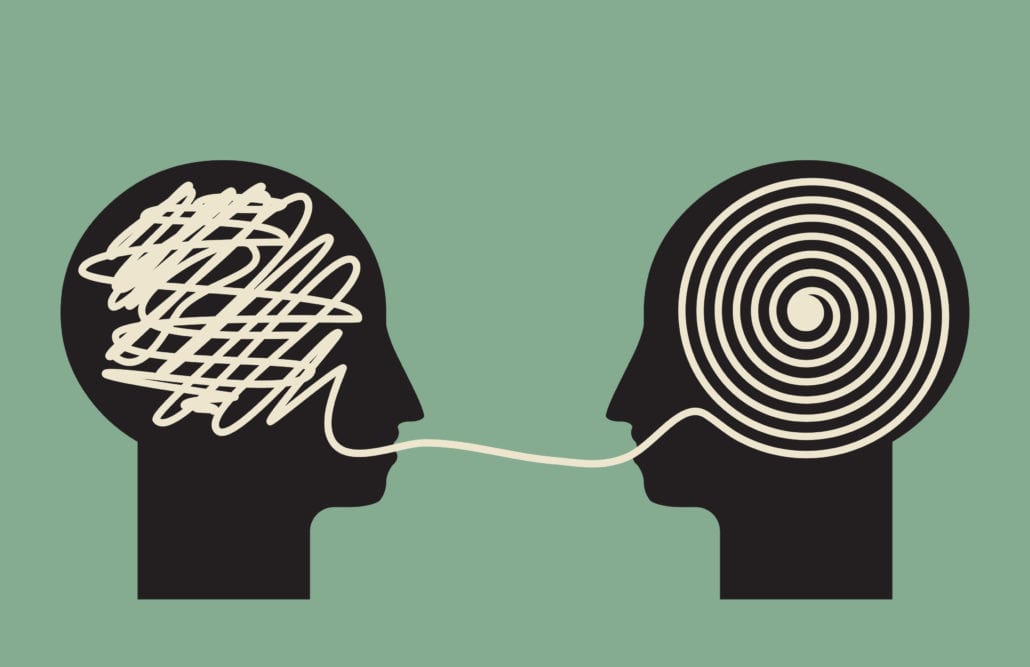China is reporting more than 4,500 people are infected with Coronavirus, and so far, it has caused more than 100 fatalities. In the last couple of weeks, the disease has been spreading with at least three confirmed cases in the US. Coronavirus has also been detected in other countries such as Thailand and Germany.
The US and China public officials have already cautioned the public about the spread of the disease, advising them to be on the lookout for the disease. Measures to prevent infections have also been relayed by the two governments to ensure the disease does not spread further.
What is coronavirus
A coronavirus is a large group of viruses that affects mostly animals. It can also be transmitted from animals to humans in rare cases, according to the US Center for Disease Control and Prevention (CDC).
Symptoms
The virus symptoms include mild to moderate upper-respiratory illness, which is similar to the common cold. It also involves having a runny nose, coughing, sore throat and headache. These symptoms can last for a couple of days and then healed.
However, in some severe cases, it causes a much more severe lower respiratory tract illness like pneumonia or bronchitis. This is especially the case for people with a weakened immune system, children and the elderly.
Infecting people
The disease can be contracted by coming into contact with infected animals. It can also be contracted when one comes into contact with an infected person’s secretions and bodily fluids. Coronavirus can also be caused by exposure to coughs, sneezes and handshakes from infected people.
Touching items from infected people can also cause the virus if you end up touching your mouth, nose and eyes with the same hands or items. According to the CDC, caregivers need to be extra careful when dealing with patients of the disease.
Treatment
The virus has no specific treatment and mostly, the virus will go away on its own. However, doctors prescribe painkillers and fever medication to relieve some of its symptoms.
You are also required to drink a lot of fluids and get rest as much as possible when infected with the virus.
Prevention of the disease
Currently, there is no known vaccine of the virus, but trials for the vaccine are underway. To reduce the risk of infection, avoid people who are sick or surroundings that may expose you to the disease.
It is also important to avoid touching your eyes, nose, and mouth and wash your hands often with soap and water for at least 20 seconds.
In case you are sick, stay at home and contact a physician to prevent the spread of the disease to other people. Cover your nose and mouth while coughing or sneezing and disinfect the surfaces you come into contact with to also avoid the spread of the disease.
Featured image by Pixabay







